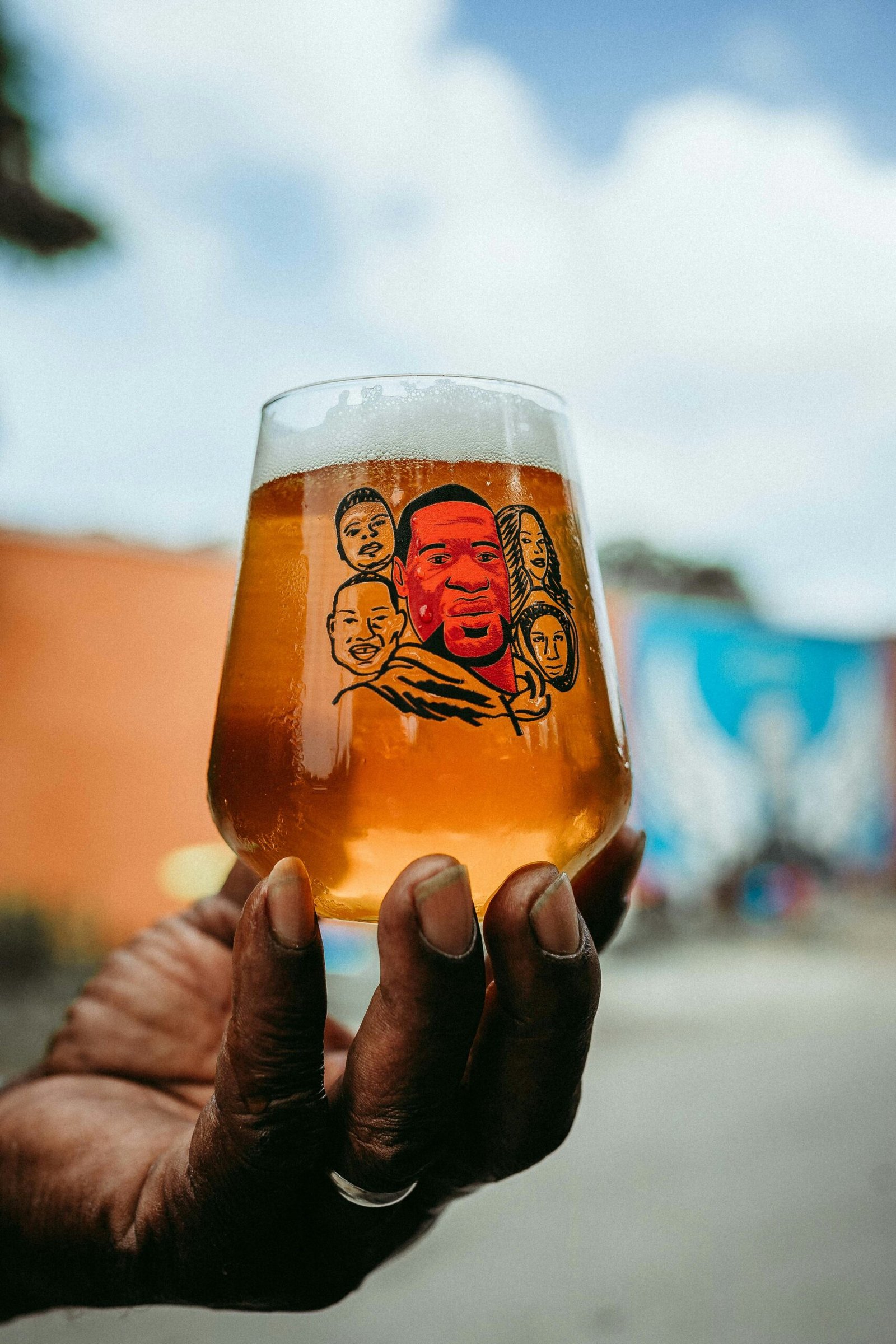A Deep Dive into the Forbes Best Hazy IPAs Word Beer Cup
Introduction
The world of craft beer has witnessed a remarkable surge in popularity, with hazy IPAs emerging as one of the most beloved styles. Their cloudy appearance, juicy flavors, and tropical aromas have captured the hearts of beer enthusiasts worldwide. In 2023, Forbes embarked on a quest to determine the best hazy IPAs, culminating in the prestigious “Forbes Best Hazy IPAs Word Beer Cup.” This article delves into the details of this competition, exploring the winners, the judging criteria, and the factors that contribute to the exceptional quality of hazy IPAs.
Understanding Hazy IPA
Before diving into the Forbes competition, it’s essential to grasp the unique characteristics of hazy IPAs. These beers are distinguished by their:
Turbid Appearance: The cloudy or hazy appearance is a result of a higher level of proteins in the mash, which remain suspended in the beer, giving it a distinct visual quality.
Juicy Flavors: Hazy IPA often exhibit vibrant tropical fruit flavors, such as mango, pineapple, citrus, and stone fruit.
Aroma: The aroma profiles of hazy IPA are typically aromatic and complex, often featuring notes of pine, citrus, and tropical fruits.
Mouthfeel: These beers tend to have a smooth and creamy mouthfeel, thanks to the suspended proteins.
The Forbes Best Hazy IPA Word Beer Cup
The Forbes Best Hazy IPAs Word Beer Cup was a rigorous competition aimed at identifying the finest examples of this popular beer style. A panel of expert judges evaluated entries from breweries across the globe, considering various factors, including:
Aroma: The judges assessed the complexity and intensity of the aroma, looking for balanced and inviting notes.
Flavor: The taste profile was evaluated for its juiciness, fruitiness, and overall balance.
Mouthfeel: The judges considered the texture, creaminess, and overall drinking experience.
Appearance: The visual appeal, including the color and clarity, was also taken into account.
The Winners
The Forbes Best Word Beer Cup crowned several exceptional beers as winners in various categories. While the specific winners may change over time, here are some insights into the types of hazy IPAs that typically excel in such competitions:
New England-Style Hazy IPAs: These beers, originating from New England, are known for their intense hop aroma, juicy flavors, and smooth mouthfeel.
West Coast Hazy IPAs: While traditionally associated with clear, piney IPAs, West Coast breweries have embraced the hazy IPA trend, producing beers with a balance of hop bitterness and tropical fruit flavors.
Experimental Hazy IPAs: Some breweries push the boundaries of hazy IPA creation by experimenting with different hop varieties, yeast strains, and brewing techniques, resulting in unique and innovative flavors.
Factors Contributing to Exceptional Hazy IPA
Several factors contribute to the exceptional quality of hazy IPA. These include:
High-Quality Hops: The choice of hops is crucial for achieving the desired aroma, flavor, and bitterness. Hop varieties known for their tropical fruit characteristics, such as Citra, Mosaic, and Simcoe, are often used in hazy IPAs.
Proper Brewing Techniques: The brewing process plays a significant role in creating a hazy IPA. Techniques such as whirlpool hopping and dry hopping can enhance the hop character and aroma.
Yeast Selection: The yeast strain used can influence the flavor profile and fermentation characteristics of a hazy IPA. Yeast strains known for their fruity and clean flavors are often preferred.
Water Quality: The quality of the water used in brewing can impact the overall taste and balance of the beer. Proper water treatment is essential for producing exceptional hazy IPAs.
The Growing Popularity of Hazy IPA
The popularity of hazy IPAs continues to rise, driven by their appeal to a wide range of beer enthusiasts. Their juicy flavors, smooth mouthfeel, and visually striking appearance have made them a staple on craft beer menus worldwide. As breweries continue to experiment and innovate with this style, we can expect to see even more exciting and delicious hazy IPAs in the years to come.
Frequently Asked Questions About Hazy IPA
What is a hazy IPA?
A hazy IPA is a type of India Pale Ale (IPA) characterized by its cloudy or opaque appearance and intense fruity flavors. This appearance is due to the presence of suspended proteins in the beer, which are typically left in the beer instead of being filtered out.
Why are hazy IPAs hazy?
The haze in a hazy IPA is caused by a higher level of proteins in the beer. These proteins can come from the malt used in the brewing process or from the addition of adjuncts like oats or wheat.
What are the typical flavors of a hazy IPA?
Hazy IPAs are known for their juicy and fruity flavors, often reminiscent of tropical fruits like mango, pineapple, citrus, and stone fruit. They also tend to have a smooth and creamy mouthfeel.
How are hazy IPAs different from traditional IPA?
While both hazy and traditional IPAs are heavily hopped, hazy IPA typically have a lower perceived bitterness and a more pronounced fruity aroma. Additionally, hazy IPA are often unfiltered, resulting in their cloudy appearance.
Are hazy IPA stronger than traditional IPA?
The alcohol content of hazy IPAs can vary, but they are generally similar in strength to traditional IPAs. Some hazy IPA may have a slightly higher alcohol content, while others may be lower in alcohol.
Are hazy IPA good for beginners?
Hazy IPA can be a good introduction to the world of IPA for beginners due to their smooth and fruity flavors. However, if you prefer a more bitter beer, a traditional IPA might be a better choice.
Conclusion
The Forbes Best Word Beer Cup is a testament to the exceptional quality and diversity of this popular beer style. By understanding the key characteristics of hazy IPA, the factors that contribute to their success, and the breweries that are leading the way, beer enthusiasts can appreciate and enjoy the full spectrum of this remarkable craft beer category.
To read more, click here.













Post Comment